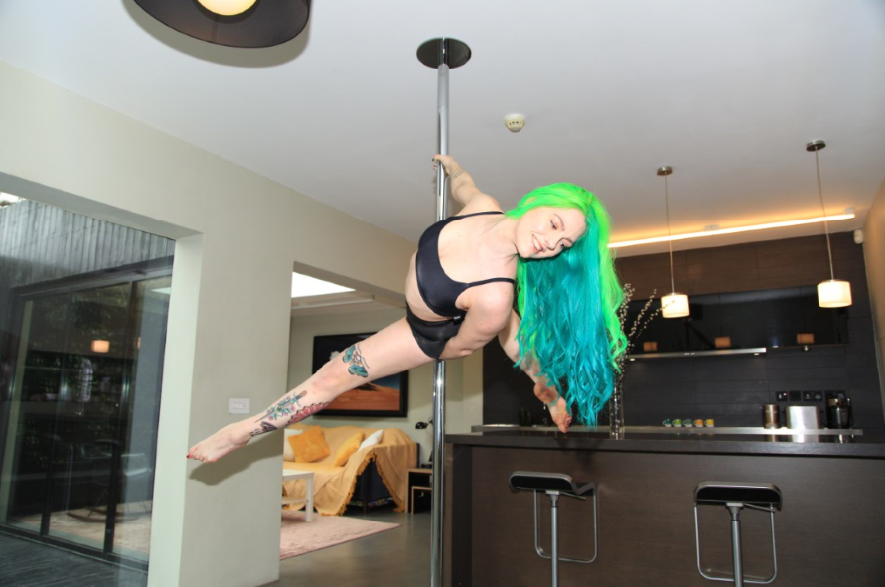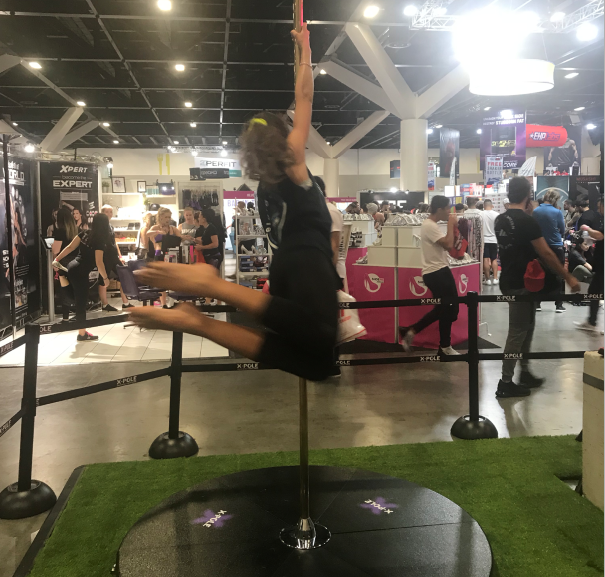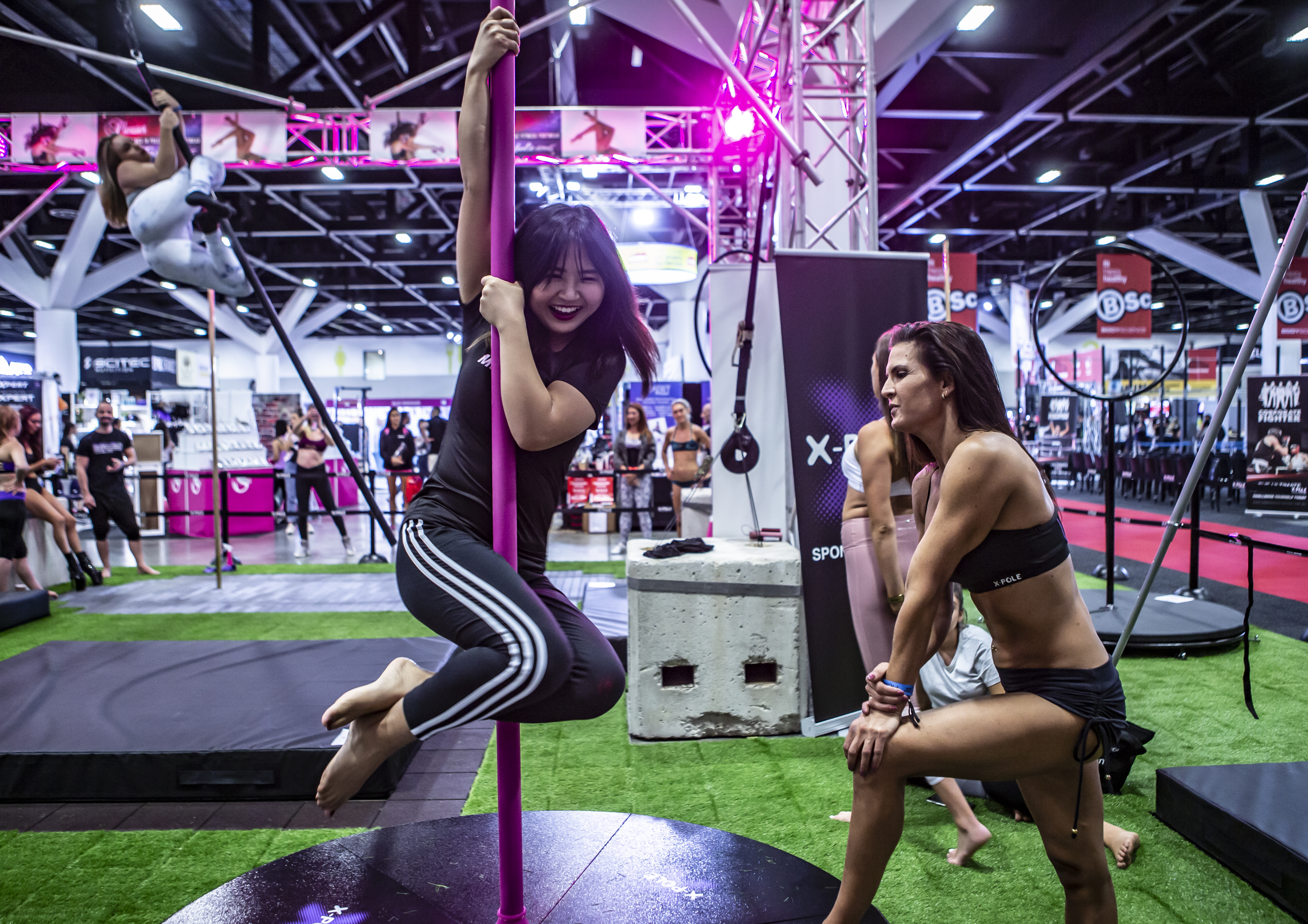
In a world where diversity of needs and abilities is becoming increasingly recognised, the concept of inclusivity has never been more important.
Inclusivity goes beyond just providing equal opportunities—it’s about creating environments where everyone, regardless of their abilities, feels welcomed, supported, and empowered to thrive.
One of the most powerful ways to foster this sense of inclusivity is through sensory play and movement, which can have profound effects on physical, mental, and emotional development.

The Importance of Inclusivity in Play
Children and adults alike, benefit from environments that encourage movement, exploration, and sensory engagement. However, for individuals with sensory processing disorders, ADHD, autism, or other neurodivergent conditions, traditional play settings may not fully meet their needs. This is where inclusivity in play becomes crucial.
By designing spaces and providing tools that cater to a wide range of sensory needs, we can create environments where everyone has the opportunity to grow, learn, and have fun.

Understanding the Vestibular and Proprioceptive Senses
To understand why sensory play is so important, it helps to know about two critical senses: the vestibular sense and the proprioceptive sense.
- The Vestibular Sense: This sense, located in the inner ear, is responsible for balance and spatial orientation. It helps us coordinate our movements and maintain posture. Activities like spinning, swinging, and rocking stimulate the vestibular system, teaching the brain how to manage dizziness and improve balance.
- The Proprioceptive Sense: Often called the "sixth sense," proprioception involves the awareness of body position and movement. This sense allows us to know where our limbs are without looking and to apply the right amount of force for different tasks. Proprioception is developed through activities that involve pushing, pulling, lifting, and jumping.
For individuals with sensory processing challenges, stimulating these senses is key to helping them develop better body awareness, balance, and coordination.
That’s why inclusive sensory play tools, like spinning poles, sensory hammocks, and aerial hoops, are so valuable—they provide the sensory input needed for this development in a safe and enjoyable way.
How Sensory Play Supports Inclusivity
1. Providing a Safe Space for Sensory Exploration
Sensory play tools such as spinning poles, sensory hammocks, and freestanding pole bases are designed to provide controlled sensory input. For example, spinning poles offer vestibular stimulation while allowing the user to control the speed and duration of the spin.
Sensory hammocks provide deep proprioceptive input, which can be incredibly calming for individuals who are easily overstimulated. These tools allow children and adults alike to explore their sensory needs in a way that feels safe and supported.
2. Encouraging Physical Development and Self-Regulation
Movement is essential for developing physical strength and coordination, but it also plays a crucial role in self-regulation.
For individuals with sensory processing disorders, movement can help regulate emotions and reduce sensory overload. For example, the gentle rocking of a sensory hammock can help soothe an anxious child, while the controlled spinning of a pole can provide the necessary vestibular input to help an adult with ADHD focus better.
By incorporating these tools into play, we support both physical and emotional development.

3. Fostering Social Interaction and Teamwork
Inclusivity in play also means providing opportunities for social interaction.
Many sensory play tools, like aerial hoops or fly-poles, can be used in group settings, encouraging children to take turns, communicate, and support each other. This not only helps develop social skills but also fosters a sense of camaraderie, support, inclusion and belonging.
For neurodivergent individuals who might struggle with traditional social interactions, these activities provide a more accessible way to connect with others.
4. Customising Play to Meet Individual Needs
One of the great strengths of inclusive sensory play is its adaptability.
Tools like freestanding pole bases or portable A-frames allow for customisation, so individuals can choose the type of sensory input that best meets their needs.
Whether it’s a specific type of movement, a preferred material, or a particular sensory experience, these options empower users to engage in play that is meaningful and beneficial to them.
Moving Towards a More Inclusive Future
Inclusivity is about more than just access—it’s about creating spaces and experiences that recognise and celebrate the diversity of needs and abilities. By incorporating sensory play tools that support vestibular and proprioceptive development, we can create environments where everyone feels empowered to explore, grow, and thrive.
At X-POLE, we are committed to designing products that promote inclusivity through movement and sensory play. Our range of safe, reliable portable poles, sensory hammocks, and other equipment is crafted to meet the diverse needs of individuals of all ages and abilities, helping to foster a world where everyone has the opportunity to reach their full potential.
So next time you watch a child spin on a pole or relax in a sensory hammock, remember—they’re doing more than just playing. They’re engaging in a powerful, inclusive experience that supports their physical, emotional, and social development, helping them navigate the world with confidence and joy.
Join the Movement for Inclusivity
Explore our collection of sensory play equipment and discover how you can create an inclusive environment that supports growth, development, and fun for everyone. Because at X-POLE, we believe that movement is for everyone.

